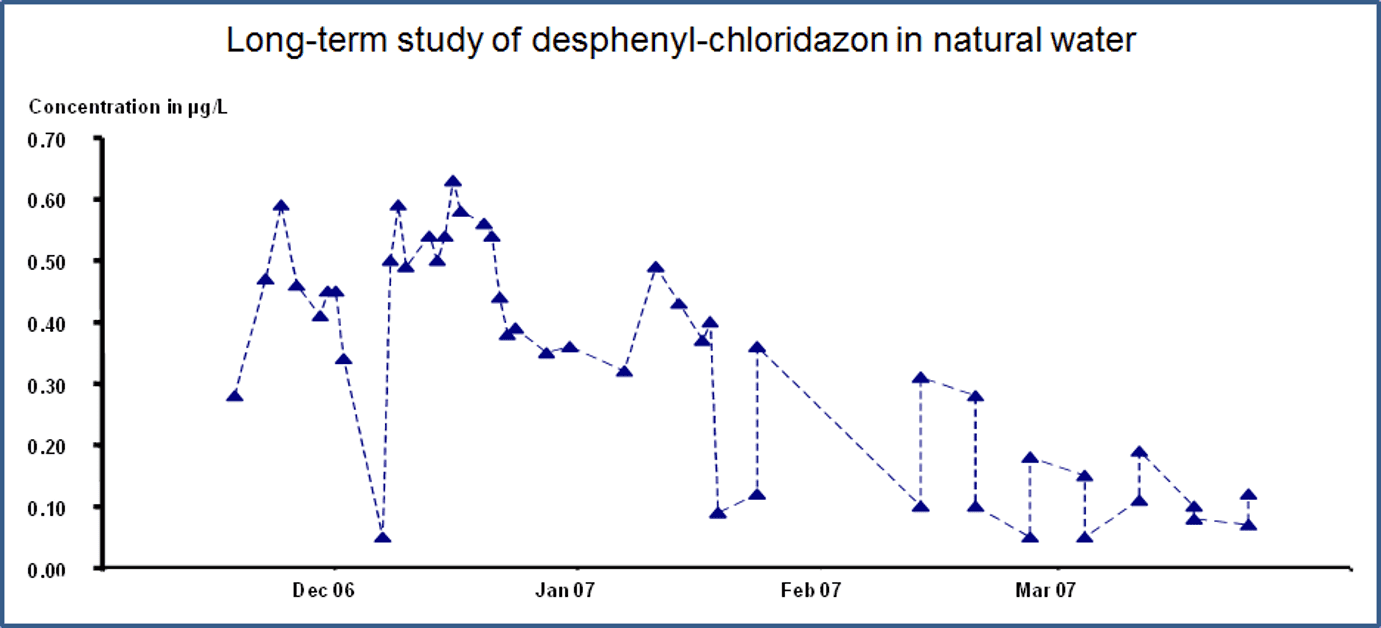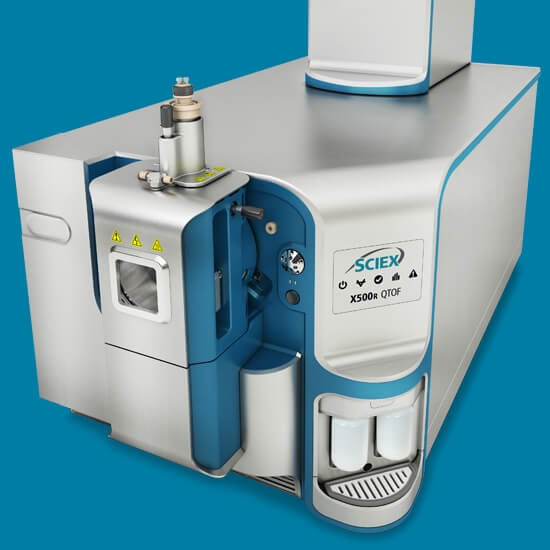The exposome was introduced by C.P. Wild in 2005 as a concept for studying the relationship between chemical exposures and nonchemical factors (such as diet, lifestyle and social behaviors) and how these interact with the unique characteristics of humans (such as genetics, physiology and epigenetics) to impact our health. 1-3
This multi-disciplinary approach has been adopted by many research areas, including environmental epidemiology, health risk assessment and environmental and human biomonitoring.4-6 Traditional measurements of exposure include targeted monitoring and untargeted discovery of unknown chemicals.1,4 Exposomics takes this a step further to measure internal exposures, relying on metabolomics, lipidomics and proteomics to assess health and disease effects.
The exposome deals with thousands of environmental factors that vary by time, place and source. The most significant challenge for epidemiological research is that these factors fluctuate over a lifetime, changing due to aging, infections, lifestyle, stress, preexisting disease, psychosocial issues and other factors.7 Moreover, as with most omics-based studies, exposomics also needs you to analyze a wide range of molecules with varying chemical properties and a broad range of concentrations.
Clearly you need a characterization strategy that is effective for targeted and non-targeted screening and quantification.




